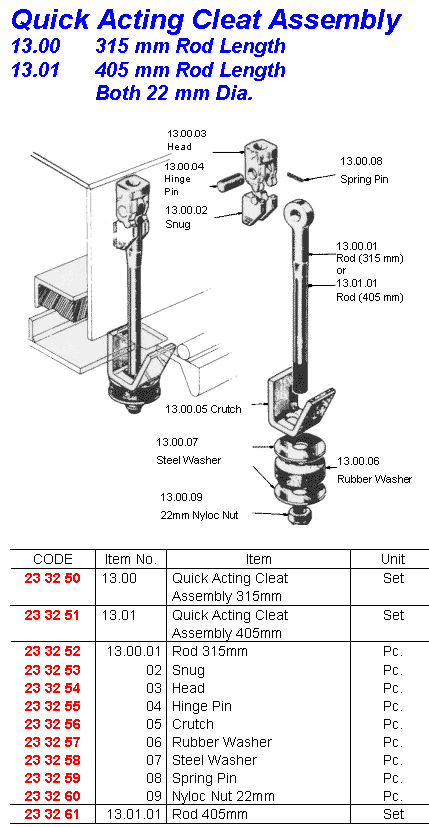
Although through its citation policy for industries, Delhi moved the worst category of industries out of Delhi, these units relocated to towns and industrial areas just outside the borders of Delhi, within NCR.Īdditionally, at a regional level in north India, seasonal sources such as crop residue burning also intensified during the years between the first-generation actions and now. Another reason for increased emissions was industrial sources.
CONTROLAIR QUICK ACTING REGISTRATION
It must be noted that this is the vehicle registration data for Delhi alone, not including the various cities and urban areas of NCR.Īt the same time, the growth in public transport fleet in Delhi-NCR did not keep pace. For instance, in spite of tightening the emission norms, the total number of vehicles increased from 4.24 million in 2004 to more than 10.8 million in March 2018. Since these first-generation actions, the sources of pollution in Delhi-NCR have been significantly growing.

The pressure from such reports brought about a serious of policy action in Delhi-NCR.

The government plan included the conversion of vehicles (including the entire city bus fleet, replacement of pre-1990 auto rickshaws and taxis with new vehicles on clean fuels) to run on compressed natural gas (CNG) as an important measure to contain pollution.ĮPCA took this action point, among other, and established a schedule for implementation. Subsequently, in July 1998, on the basis of this report, the Supreme Court issued directions to all authorities to comply with the timeframe given by EPCA to implement action points.

The report framed an action plan with a target of reducing air pollution over the next two years. In June 1998, after taking stock of the key actions needed to reduce air pollution, EPCA submitted Report on monitoring and priority measures proposed by the authority for air pollution control to the Supreme Court. This was tied with the Air Quality Standards for the ambient air quality to provide a uniform yardstick for assessment of air quality at the national level. The government launched the National Air Quality Monitoring Programme (NAMP), a network of monitoring stations across the country to constantly monitor key pollutants round the year. In January 1998, MOEF constituted the Environment Pollution (Prevention and Control) Authority (EPCA) for NCR. In recognition of the need for technical support to guide the decision-making process and to ensure implementation, the Supreme Court directed the Union Ministry of Environment and Forest, or MOEF (now the Ministry of Environment, Forest and Climate Change, or MOEFCC) to set up an authority to advise the courts on pollution and to monitor implementation of its orders. But civil society groups soon realised that the state action and implementation of this plan would not take place without public pressure. In December 1996, the Delhi government submitted to the court its first action plan to combat air pollution. This was then merged with an ongoing public interest litigation against air pollution, filed by Mahesh Chandra Mehta, an environmental public interest attorney and an activist.
CONTROLAIR QUICK ACTING SERIES
The report was triggered by a series of high air pollution episodes in the city, accompanied by the visibly dirty, soot-laden emissions belched by vehicles. In 1996, the Supreme Court, upon the release of Slow Murder, a report by Delhi-based non-profit Centre for Science and Environment on air pollution in Delhi, issued a suo moto notice to the Delhi government to submit an action plan to control air pollution in the city. These include the Air (Prevention and Control of Pollution) Act, 1981 and the Environment (Protection) Act, 1986.Īpex institutions like the Central Pollution Control Board (CPCB) and state pollution control boards came into existence. This deterioration took place despite a spate of strong legislation on pollution control during the 1980s. This was spurred by the increase in the particulate matter (PM) concentration.īut it was in the 1990s that Indian cities started turning into a toxic hell.

It was in 2015-16 that the various stakeholders - media, civil society and citizen’s groups - started taking serious note of the poor air quality in the region. Air Pollution in Delhi and the National Capital Region (NCR) has been in the public eye since the mid 2010s.


 0 kommentar(er)
0 kommentar(er)
